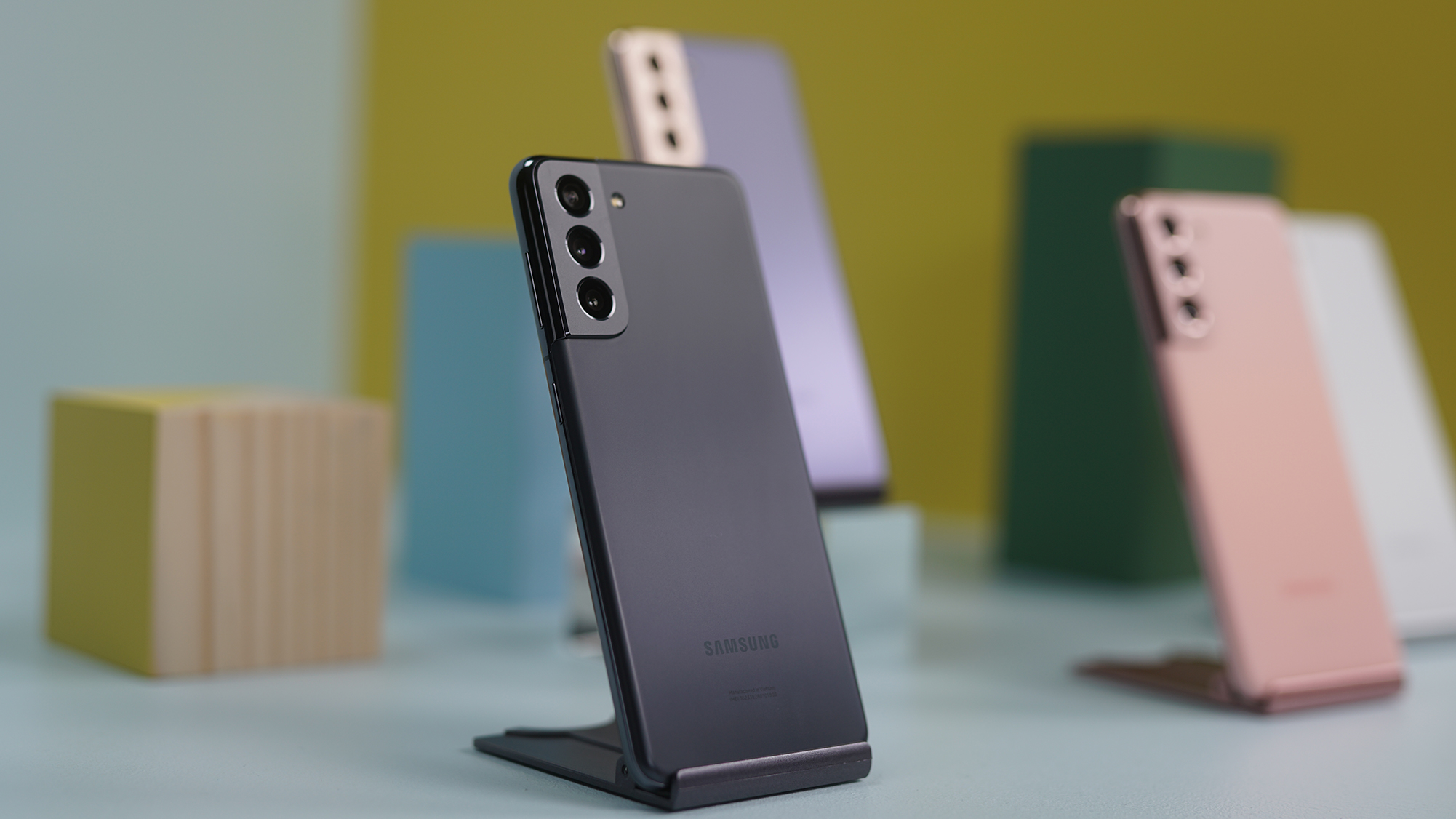Galaxy S21 teardown highlights plastic back and a cool audio trick
A look inside Samsung's Galaxy S21

Samsung's Galaxy S21 was just announced last week and while pre-order deals abound, the phone won't actually be shipping to consumers until the end of the month.
However, that hasn't stopped the teardowns from coming and our first look inside the Galaxy S21 comes courtesy of PBKReviews. Popping off that new plastic back reveals a few interesting changes underneath the hood (via Neowin).
- Best smartphones in 2021
- iPhone 12 vs. Galaxy S21: Which $799 powerhouse is the best?
- Samsung Galaxy S21 Ultra unveiled: Price, release date, specs and more
Before we delve inside, the move to a plastic back for the Galaxy S21 is somewhat controversial for those that view a glass or metal back as a sign of a premium device. While the adhesion method remains the same and obviously gives the back a strong and resilient feel when attached, once removed it's easily bent and twisted. However, durability on the phone should be all that matters.
Despite the shift to a plastic back, the Galaxy S21 is slightly heavier than its predecessor, which is less surprising once you get a look inside the densely packed internals. The Galaxy S21 relies on a multilayered board design like the Galaxy S20 to reduce overall size while still delivering that large 4,000 mAh battery.
One potentially important change was the shifted speaker alignment when compared to the Galaxy S20. The S21 follows the Galaxy S20 FE placement at the top of that stack and includes foam balls to allow for greater separation and enhanced volume. The onboard audio on the S20 FE impressed in our review, so we'd expect the same from the Galaxy S21.
A couple of other notable features are Samsung's continued use of 3D graphite pads as a cooling method for the Snapdragon 888 chipset. With the Galaxy S20, some models relied on this method while others used more traditional copper plating options. It's unclear if Samsung has made a full transition now or if this was simply the luck of the draw for this teardown.
Finally, the Galaxy S21 appears to be a step forward in terms of repairability versus the Galaxy S20. He fully disassembled and reassembled the phone without difficulty, something that was not possible with last year's model. We'll be curious to see if iFixit has similar findings when it weighs in with its repairability score. One would hope that could potentially yield to at least slightly reduced repair costs, rather than encouraging replacement over repair.
Sign up to receive The Snapshot, a free special dispatch from Laptop Mag, in your inbox.
Sean Riley has been covering tech professionally for over a decade now. Most of that time was as a freelancer covering varied topics including phones, wearables, tablets, smart home devices, laptops, AR, VR, mobile payments, fintech, and more. Sean is the resident mobile expert at Laptop Mag, specializing in phones and wearables, you'll find plenty of news, reviews, how-to, and opinion pieces on these subjects from him here. But Laptop Mag has also proven a perfect fit for that broad range of interests with reviews and news on the latest laptops, VR games, and computer accessories along with coverage on everything from NFTs to cybersecurity and more.

